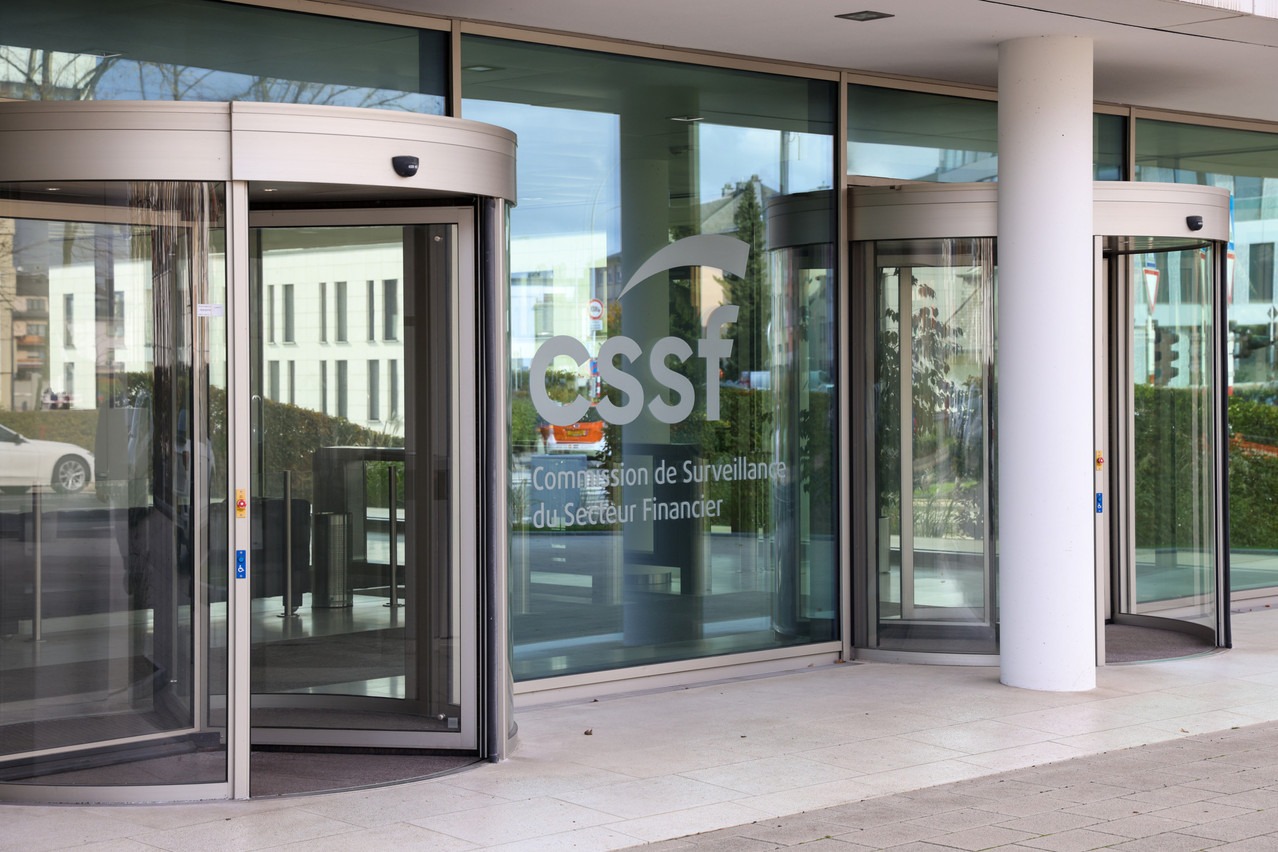The CSSF’s dashboard represents a market overview of alternative funds (AIFs) in the grand duchy, including information about strategies, investor profiles, leverage and liquidity. It has been published yearly since 2018, with , from 18 October, covering data from 2021.
In the webinar, hosted by the Luxembourg Private Equity and Venture Capital Association (LPEA), CSSF experts Mireille Reisen and Simon Emeri presented the dashboard results and answered questions.
Here are five takeaways:
AIFS in Luxembourg have grown significantly
In 2018 there were 4,568 AIFs in the Luxembourg market, a number that had grown to 6,932 in 2021. The corresponding growth in net asset value (NAV) was 42%, or €653bn in 2018 to €1.48trn in 2021.
“The creation of new AIFs remains dynamic, about 13% to 20% per year,” added Reisen. “We will have to see now, in 2022, if this [remains] so large, if we take the context of the [present] economic outlook [into consideration].”
It also seems that the covid-19 pandemic has yet to make itself visible in the data.
Luxembourg’s AIF industry is highly concentrated
“The largest AIFs make up most of the NAV of the funds,” said Reisen, explaining that 45% of the NAV is concentrated in just 4% of the AIFs.
Additionally, about 65% of the AIFs under the remit of AIF managers in Luxembourg have NAVs under €100m (with 17% in the next-smallest bracket of €100m-€250m).
Private equity funds have dominated investment strategies
A quarter (26%) of Luxembourg’s AIF market is made up of private equity funds, according to the CSSF dashboard report. Also strongly represented are funds-of-funds (15%), traditional AIFs (i.e. equity and fixed-income AIFs) (19%) and real estate funds (15%).
Hedge funds, on the other hand, remain “marginal” in the grand duchy.
“If you looked at the report we filed two years ago, you’d see a different picture,” commented Emeri. “We have evolved from an AIF market that was dominated by funds-of-funds to a more balanced model--and now to something that is dominated by the private equity strategy in Luxembourg.”
“It’s kind of striking, these results,” he added.
94% of AIF investors are professional investors
Of these, the main ones are banks, pension funds and insurance companies, the report found.
It also found that the top five investors account for 87% of the NAV. “This percentage seems rather high,” commented Reisen, “but that could possibly reflect a lack of look-through on beneficial owner on the reports provided by the AIFMs.”
Focus on European Economic Area assets is increasing
No matter what strategy they employ, Luxembourg AIFs tend to invest in Europe, the CSSF speakers said. Overall, geographical trends haven’t changed much, though the EEA’s share has been increasing over time. “This growth is driven by private equity and real estate,” said Reisen.
Investments in Africa and Asia remain comparatively low, she added.
